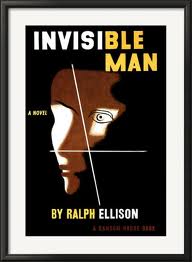What the world needs now is more imagination and creativity. Every day we face problems and challenges in our personal as well as our professional lives. Too often we continue to respond to these problems in the same way that we have always responded. We keep doing what we have always done and keep getting the same result. Instead, we should be searching for new ways of solving the problems.
What challenges do you face as a creative leader? What obstacles stand in your way of achieving the success you dream about? Are you so focused on the problems that you fail to see the opportunities around the corner? Shift your focus to the possibilities. Choose a new path into the future. Imagine a better world.
Albert Einstein once said, "Imagination is more important than knowledge. Knowledge is limited. Imagination encircles the world.”
What are you doing to expand your imagination — to open the doors of creative thinking? What are you doing to escape of the black hole of negative thinking? Here are five ways to increase your imaginative thinking.
- Develop an attitude of curiosity. Be curious about everything. Look for connections that others do not see.
- Question and challenge accepted beliefs, assumptions and practices. Just because you have always done it a certain way does not mean you should continue to do it that way.
- Explore the world. Travel to places you have never been. Read books in fields of learning that you normally don't read. Engage people outside your field of expertise in conversations and learn from them.
- Conduct daily doodling practice. Doodle for 5 - 10 minutes. Doodling helps to relax your mind and start your creative juices flowing. Drawing can free your mind of entrenched ways of seeing. Create new ways of seeing by doodling. Focus your attention on the doodling. Don't worry about being artistic.
- Conduct daily writing practice. Write everyday for 10 minutes. Don't worry about grammar, spelling or punctuation. Start with the phrase, "In the future, I". Keep writing for the full 10 minutes. When you run out of things to write, start again with the phrase, "In the future, I".




.jpg)
.jpg)





















